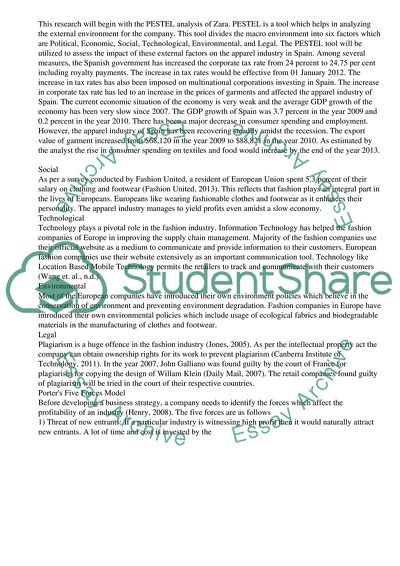Cite this document
(“Business strategies of Zara Essay Example | Topics and Well Written Essays - 4250 words”, n.d.)
Retrieved from https://studentshare.org/business/1404505-zara-corporate-responsibility-ethics-public-relations
Retrieved from https://studentshare.org/business/1404505-zara-corporate-responsibility-ethics-public-relations
(Business Strategies of Zara Essay Example | Topics and Well Written Essays - 4250 Words)
https://studentshare.org/business/1404505-zara-corporate-responsibility-ethics-public-relations.
https://studentshare.org/business/1404505-zara-corporate-responsibility-ethics-public-relations.
“Business Strategies of Zara Essay Example | Topics and Well Written Essays - 4250 Words”, n.d. https://studentshare.org/business/1404505-zara-corporate-responsibility-ethics-public-relations.


